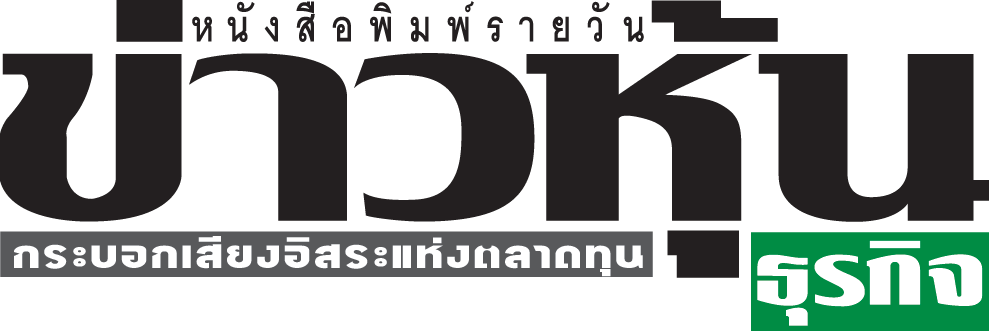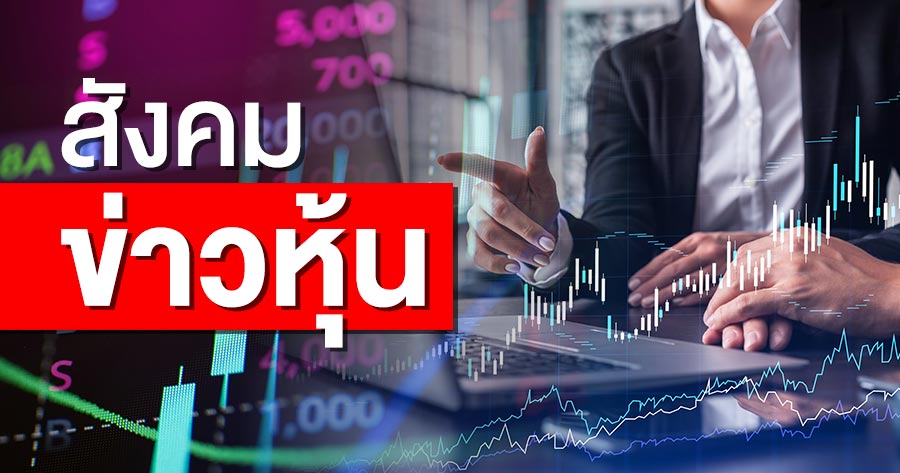
BAM Breaks an All-Time High at ฿31.25, Expecting a 27% Growth in 2019 Net Profit!
BAM Breaks an All-Time High, Surging to ฿31.25 with an Estimate of 27% Growth in 2019 Profit!
Bangkok Commercial Asset Management Public Company Limited (BAM) broke an all-time high on February 11, 2020, to close at ฿31.25/share, jumped ฿1.75/share or 5.93% with a trading value of 3,190 million baht.
BAM is expected to report its yearly consolidated financial statement of 2019 on February 28, which would include a recognition worth 1,500 million baht from selling a plot of land to Central Group, said people close with the matter.
“The company will maintain its profit growth this year amid an interest rate cut from the banks,” added the source.
KGI Securities stated that the revenue from selling a plot of land to Central Group would be recorded in 4Q19 which would give BAM a profit for the quarter around 1.3-1.5 billion baht while the company would record a full-year net profit around 6.2-6.4 billion baht, representing an EPS of 1.9-2.0 baht per share.
Moreover, KGI pointed out that BAM still had an unrecognized revenue of around 9 billion baht from the bidding of non-performing assets, which should be recognized in 2021-2022.
According to BAM’s historical dividend payment, the company offered over 70% of its net profit. In this regard, KGI expected BAM to offer a dividend payment of at least 4%, under an assumption of dividend payment at the lowest rate of 40% from its net profit.
KTB Securities (Thailand) gave a “BUY” recommendation on BAM and noted that BAM had 47% of market share while NPLs and NPA had a long-term compound annual growth rate (CAGR) in 2017-2020 at 3.4% and 12.2%, respectively.
KTBST expected BAM to post a net profit of 6.6 billion baht in 2019, an increase of 27% when compared to the net profit in 2018. The increase would be mainly due to BAM’s high value sale of NPLs in 1Q19 and a sale of a plot of land in 4Q19.
Bualuang Securities also gave a “BUY” recommendation on BAM, pointing out the outstanding aspect which was a 10% annual growth rate in NPL. Meanwhile, BAM had the potential of buying debt at a lower price along with its high experiences in the business.


